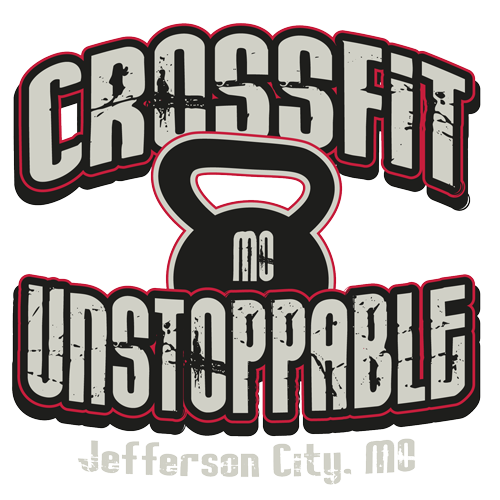An article I came across…pay particular attention to where it talks about mobility, range of motion, flexibility, stretching, etc…Mobility, Mobility, Mobility!! Do It!!
This article applies to athletes of any age 🙂
LEARNING THE OLYMPIC LIFTS LIFTS AT AGE 40GREG EVERETT
Vincenzo Asks: Hello Greg. I’m a 40 years Italian man. I train with weights since I was 16 years old. I stopped train at 32 years to resume in February 2011. Since then I train 3 times a week with just squats, deadlifts, bench press, press and power clean.
I would like to know how your book could help me for learning the power clean, the power snatch and the power jerk (or push jerk). I think I’m too old to learn the olympic liftings like clean and snatch, so I limit myself to the shallower versions of the two movements (power clean and power snatch). What do you recommend?
Greg Says: Learning the power variations is a good place to start for you, but I wouldn’t talk yourself out of learning the full classic lifts just yet. My book will take you through the entire process of learning the lifts, including flexibility work to prepare you for the squat variations of the snatch and clean. I teach the power snatch and power clean in the same way I teach the snatch and clean; they are the same movements, with the only difference being the height at which the bar is received, and as a consequence, lighter weights. If you learn the power variations properly, you will be able to learn the squat variations well as you develop the flexibility. You will likely have trouble initially due to a lack of confidence in the lower receiving positions, but if you’re squatting regularly and strong there, you should be able to overcome this relatively quickly with smart training.
At the age of 40, especially with such a long break in training, I would imagine flexibility will be your biggest limiting factor, as it is for most people of any age for the Olympic lifts. But flexibility can be improved at any age with enough persistence and consistency. As I say repeatedly, the only real trick to stretching is to do it frequently, regularly and consistently. If you have range of motion limitations from past injuries or similar issues, see a good manual therapist with experience treating athletes, and work with him or her to resolve the problem. Aside from that, daily, if not twice daily, foam rolling will help improve tissue quality and release fascial adhesions. The more it hurts, the more you need it. Stretch ideally when warm and after foam rolling—focus on the hip extensors and adductors, ankles, thoracic spine and shoulder girdle. Add in movements like overhead squats, behind the neck presses and push presses and front squats with your current program to help develop the flexibility you’ll need for the Olympic lifts. You should be able to start learning and practicing the power snatch and power clean right away; once you start feeling comfortable in the overhead and front squat, you can introduce the squat variations of the classic lifts and see if you feel they’re something you’re able to do safely and enjoyably. Good luck!

